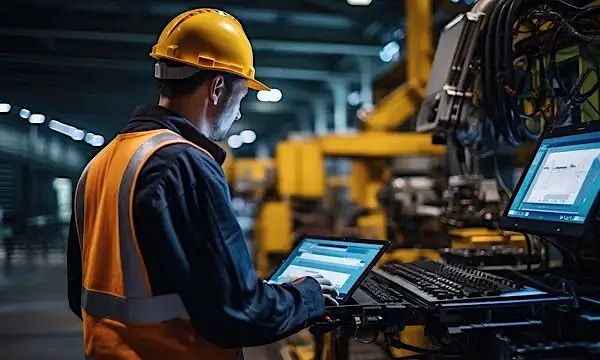Climate change is happening here and now. The first nine months of 2023 have seen extreme weather events rising at an alarming rate. More so in frequency and strength with the return of the El Nino weather system.
Recent examples include the catastrophic flood in eastern Libya caused by storm Daniel, which has claimed over 20,000 lives and the severe wildfires across the world.
While technology is doing its part in mitigating the impact of climate change and natural disasters, immediate sustainable measures at various levels, such as governmental, organizational and the individual, are needed to help avert the impact of a 1.5°C rise in temperature by 2030.
At the recently concluded G20 summit in New Delhi, the participating countries united on and agreed to addressing various global issues, including climate crisis, and putting a green step forward.
However, Madhura Joshi, a Mumbai-based energy analyst with the climate think tank E3G told AP: “This G20 has seen many firsts. However, it’s disappointing that the G20 could not agree on phasing down fossil fuels. Increasing renewables and reducing fossil fuels need to necessarily happen together – we need stronger bolder action from leaders on both. All eyes now on COP28 – can the leaders deliver?”
At this hour, organizations across the globe are focusing on green finance, sustainable computing, finding out ways to offset carbon, moving operations to cloud from traditional datacenters, adopting circular economy practices, reducing emissions by switching to clean energy and putting money into sustainable investments.
These investments lead to sustainable consumerism that can not only be exemplary and encourage peers, but also make a difference in preserving the planet with plantation drives in arid areas and preserving freshwater bodies, while fighting against pollution, including plastics that are made from fossil fuels.
For example, in 2021 a leading multinational bank headquartered in the UK, invested over €9 billion in sustainability assets primarily in emerging and developing economies. It believes that more than $8 trillion could be mobilized toward sustainable investments in 10 growth markets by 2030.
In its transition to a more sustainable future, the bank partnered with HCLTech as it needed support in building a comprehensive corporate risk assessment application that would assess and mitigate climate risks associated with corporate lending.
Leveraging BlackRock's Baringa Climate Change Scenario model to automate the climate risk assessment process, HCLTech created a Climate Risk Assessment (CRA) app that contains approximately 50-75 industry specific multiple-choice questions that determine a climate risk score and act as input for corporate credit/lending teams to quantify associated climate risk.
Now integrated with the existing bank systems and globally across all CCIB markets (44+ countries) with 550+ users, this CRA app is a major step in climate risk management. The bank is now integrating it into the broader enterprise risk management framework.
Sustainable computing
While the CRA app is an apt example of sustainable computing, the World Economic Forum in its report, ‘Top 10 Emerging Technologies of 2023’, mentions how datacenters consume an estimated 1% of the electricity produced globally. This amount will only increase with growing demand for data services.
This is where HCLTech’s green datacenter methodology, a step toward sustainability through cloud operations, services, platforms and solutions, can create a huge difference.
In a recent research study 'Cloud Evolution: Make innovation a habit', HCLTech found that 87% of senior executives who have pivoted their business strategy in the past three years say this wouldn’t have been possible without cloud.
But 24% of the organizations participating in the study believe in “repatriation” and indicated that they are planning to move a proportion of their data — apps and workloads — from cloud to datacenters over the next three years.
However, Kalyan Kumar, Global CTO and Head — Ecosystems at HCLTech, warns against this. “Repatriation is more of an infrastructure workload conversation. It’s not a business value conversation. If your goal for moving workloads to the cloud is transformation and modernization of business processes then repatriation is not a viable option,” he says.
He adds: “Organizations that haven’t modernized the applications may consider repatriation, because they aren’t saving the money they expected to by choosing cloud as a lower-cost alternative.”
The WEF report mentions that it expects the coming decade will boast substantial strides toward net-zero-energy datacenters as emerging technologies coupled with sustainable engineering are interlinked in innovative ways to achieve this target.





